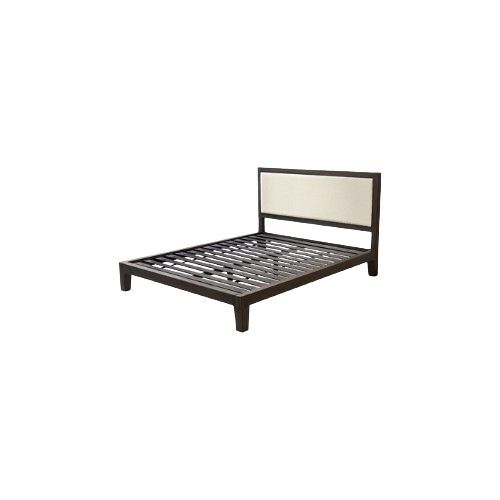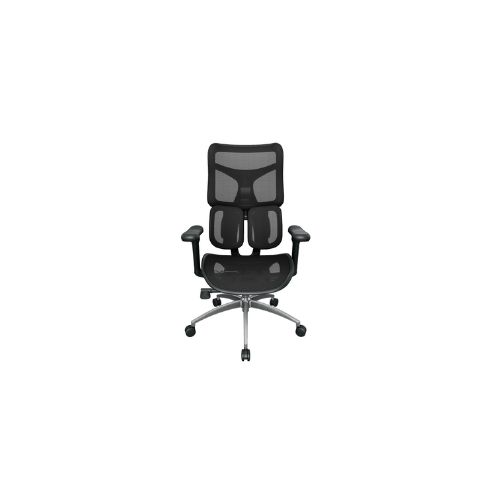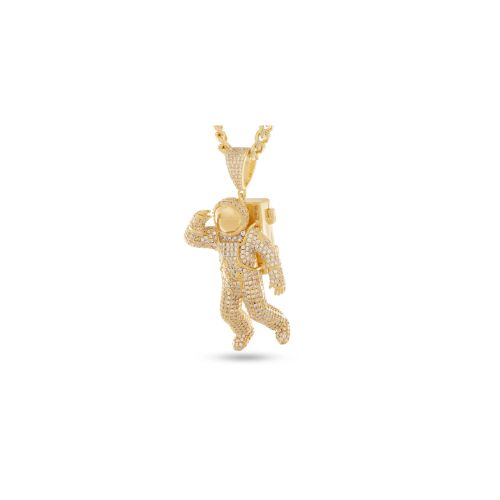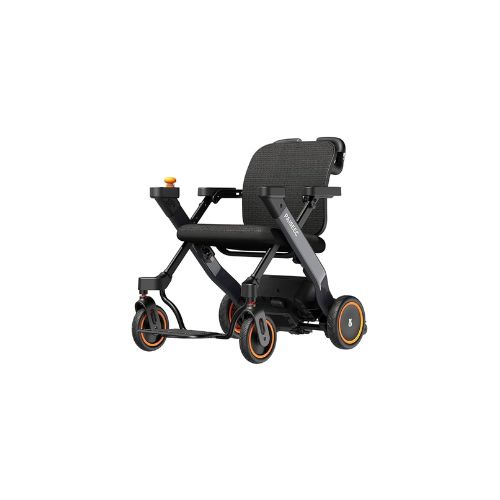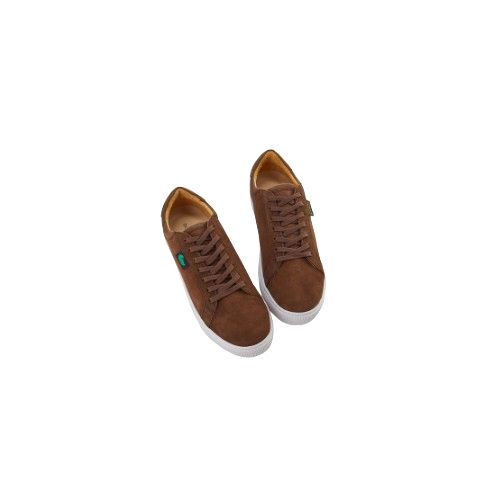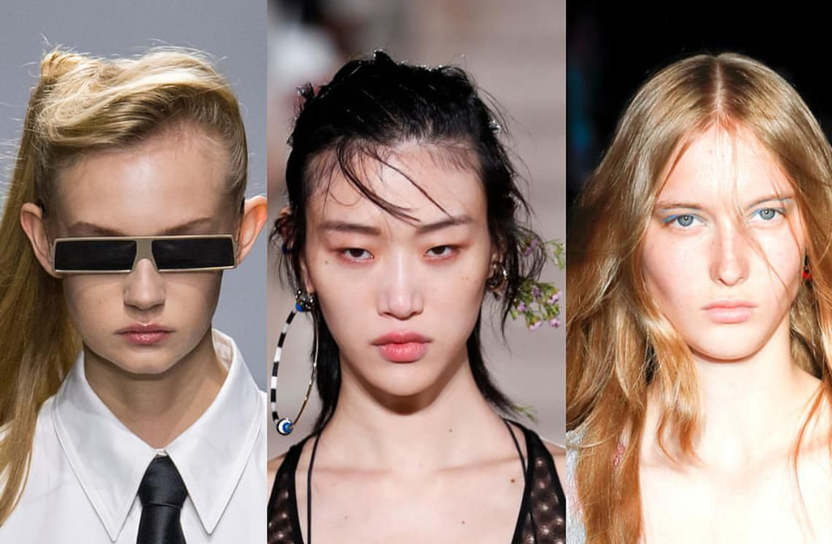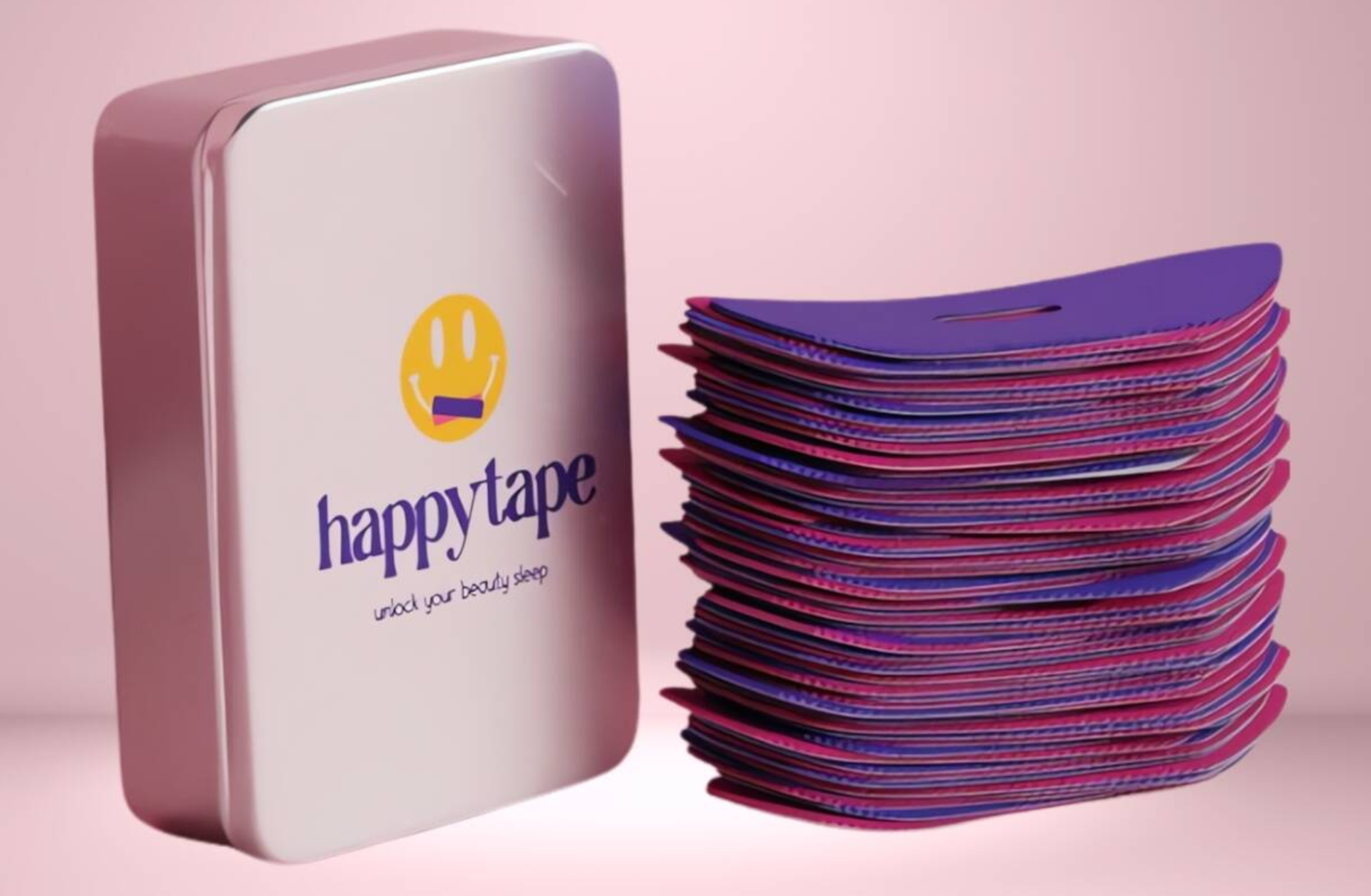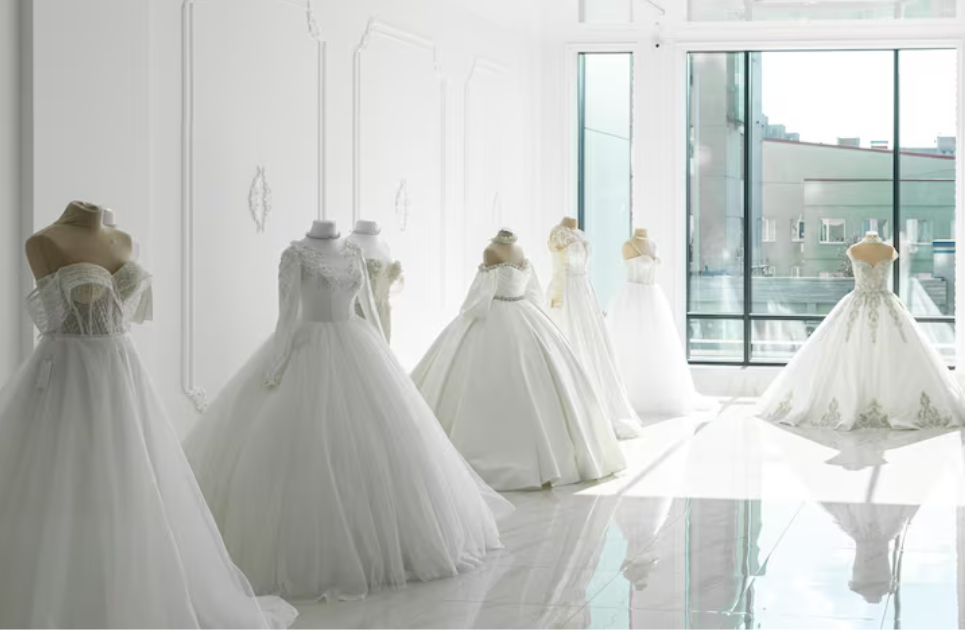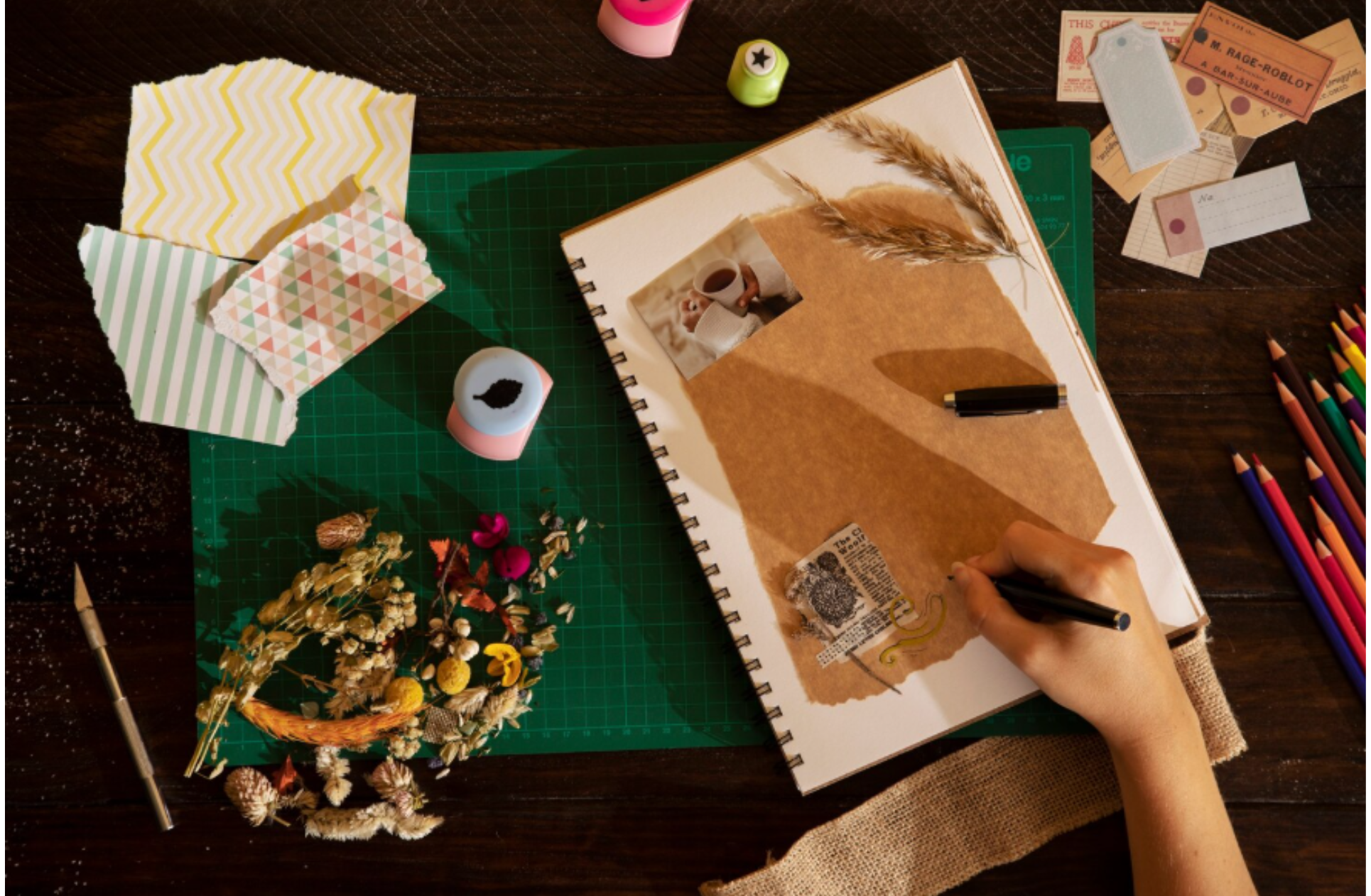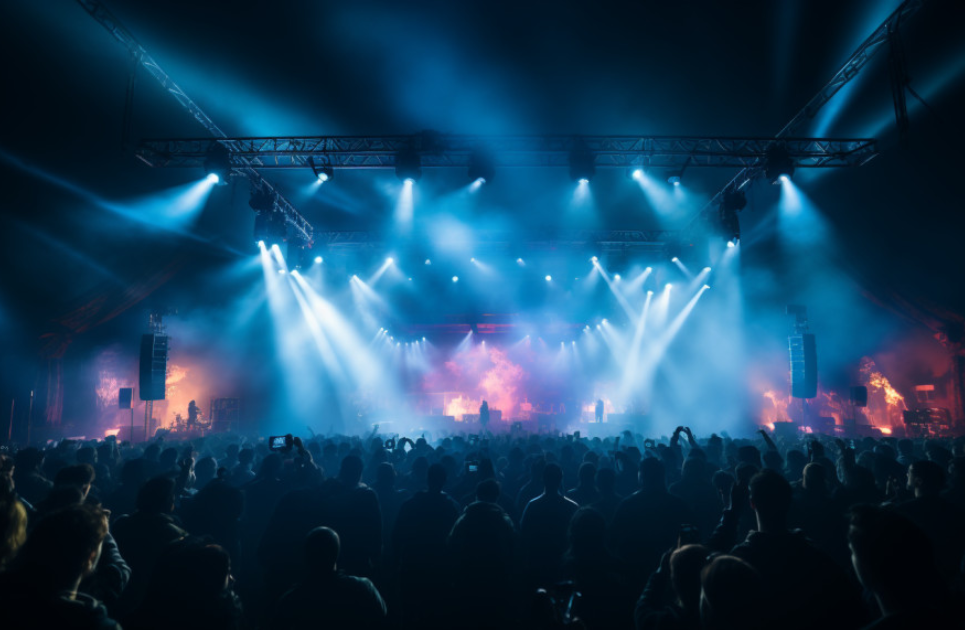How to Dress for Success: Men's Office Attire
Choosing the right wardrobe for your workplace involves more than just picking clothes. It's about balancing company culture, guidelines, and your professional image. Before selecting your daily office outfit, consider the factors shaping your workplace aesthetic.
By admin
·July 24 12
Choosing the right wardrobe for your workplace involves more than just picking clothes. It's about balancing company culture, guidelines, and your professional image. Before selecting your daily office outfit, consider the factors shaping your workplace aesthetic.
Start by understanding your company's dress code, and research any directives or guidelines. Grasp the unspoken language of your company culture like what's accepted and what might raise eyebrows. Your outfit should reflect your workplace's values and preferences.
Your role within the organization adds another layer. If you're in a leadership position, your attire isn't just about the clothes; it inspires those working for you. Adopt an appearance that mirrors competence and perfection, as there's no room for wardrobe loopholes in leadership.
In this blog, we'll explore the art of dressing for success in any office setting, guiding you through versatile outfits that blend style and professionalism, ensuring you're perfectly dressed for your role.
Business Formal
Key elements of a business formal outfit
In the professional world, workwear is synonymous with a polished and sophisticated appearance. The foundation of this look is a well-fitted suit, typically in classic colors such as navy, charcoal, or black. A crisp, white dress shirt pairs seamlessly with a suit, offering a clean and sharp look. Complementing the suit and shirt, a tasteful tie in a subtle pattern or solid color adds a touch of elegance.
Tips for choosing suits and ties
When selecting a suit, focus on fit and fabric quality. A tailored fit not only enhances your silhouette but also conveys attention to detail and professionalism. Opt for high-quality materials like wool or wool blends, which provide durability and a refined finish. When choosing a tie, consider silk for its luxurious texture and lasting appeal. Ensure the tie’s width matches the suit’s lapel for a balanced and cohesive appearance. Remember, the devil is in the details, so pay attention to accessories like cufflinks, a classic watch, and polished dress shoes to complete your business formal look.
Business Casual
Understanding business casual
Business casual attire strikes a balance between professional and relaxed, making it suitable for a variety of office environments. It allows for more flexibility than business formal while maintaining a polished appearance. Typically, business casual includes items such as dress slacks, chinos, button-down shirts, and blouses, often paired with blazers or sports jackets. The key is to look neat and presentable without being overly formal.
Essential pieces and styling tips
- Dress Slacks and Chinos: These are the foundation of a business casual wardrobe. Choose neutral colors like navy, gray, or beige for versatility.
- Button-Down Shirts and Blouses: Opt for solid colors or subtle patterns. Ensure they are well-fitted and always neatly pressed.
- Blazers and Sports Jackets: These add a touch of formality and can be easily removed if the setting becomes more relaxed. Navy and gray are classic choices.
- Footwear: Loafers, brogues, or clean, minimalist sneakers can complement the business casual look. Avoid overly casual shoes like flip-flops or athletic sneakers.
- Accessories: Keep it simple with a classic watch, a leather belt, and minimal jewelry.
When styling your business casual outfits, aim for a cohesive look that blends comfort with professionalism. Pay attention to fit and ensure your clothing is clean and well-maintained to make a positive impression.
Smart Casual
How to nail the smart casual look
Smart casual is a versatile and stylish dress code that bridges the gap between casual and business attire. It's all about mixing formal pieces with more relaxed ones to create a polished yet comfortable look. This style is perfect for a modern office setting where traditional business attire is not required but you still want to present yourself professionally.
Outfit ideas and recommendations
- Tailored Blazers and Jackets: A well-fitted blazer can instantly enhance a casual outfit. Opt for blazers in neutral colors like navy, gray, or black. Pair them with chinos or dark denim for a balanced look.
- Chinos and Dark Denim: These are the go-to bottoms for smart casual. Chinos in beige, navy, or olive are versatile, while dark denim offers a more polished take on jeans. Ensure they are well-fitted and free of rips or distress.
- Shirts and Polos: Button-down shirts, especially in Oxford cloth, are a staple. You can also wear well-fitted polo shirts for a more relaxed yet refined appearance. Stick to solid colors or subtle patterns.
- Knitwear: Sweaters and cardigans in fine materials like merino wool or cashmere can be layered over shirts for added warmth and style. V-neck and crew neck styles are both appropriate.
- Footwear: Choose shoes that blend comfort and style, such as loafers, brogues, or clean white sneakers. Ensure your footwear is clean and well-maintained.
- Accessories: Keep accessories minimal and sophisticated. A leather belt, a classic watch, and understated jewelry can add the finishing touches to your smart casual outfit.
Focus on quality and fit. Mixing and matching these elements will help you achieve a look that is both stylish and appropriate for a variety of professional settings.
Office Accessories
Essential accessories for a professional look
Accessories play a vital role in enhancing your office attire and adding a touch of personality. They can enhance your overall appearance, making you look more polished and put-together. Key accessories for a professional look include:
- Watches: A classic wristwatch is not only functional but also adds a sophisticated touch to your outfit. Choose a design that is simple and elegant, with a leather or metal band.
- Belts: A high-quality leather belt in black or brown is essential. Ensure it matches your shoes for a cohesive look.
- Ties and Pocket Squares: These can add a pop of color or pattern to your outfit. Opt for silk ties in solid colors or subtle patterns and coordinating pocket squares to complement your suit.
- Cufflinks: For a business formal look, cufflinks add a refined detail. Choose classic designs in silver or gold.
- Bags: A sleek briefcase or a leather messenger bag is both practical and stylish. It should be large enough to carry your essentials while maintaining a professional appearance.
- Eyewear: If you wear glasses, choose frames that suit your face shape and complement your overall style. Avoid overly trendy or casual styles for the office.
- Shoes: Well-maintained shoes are a must. Regularly polish leather shoes and ensure they are in good condition.
How to choose and style them
Aim for quality over quantity. Choose pieces that are versatile and can be worn with multiple outfits. Keep your look cohesive by matching the colors and materials of your accessories, such as pairing a leather belt with leather shoes. Avoid over-accessorizing; instead, opt for a few key pieces that enhance your outfit without overwhelming it.
Dressing for success in the office is about presenting yourself in a way that reflects your professionalism and attention to detail. Once you understand these nuances of business formal, business casual, and smart casual dress codes, you can tailor your wardrobe to suit your role and workplace culture.
For more workwear 101, stay tuned to Freshfads.

